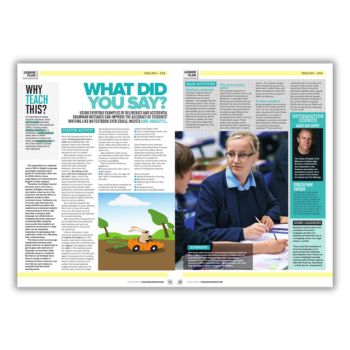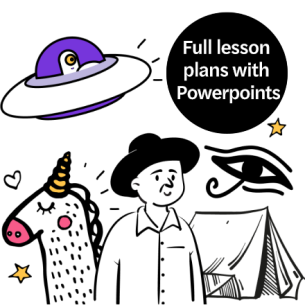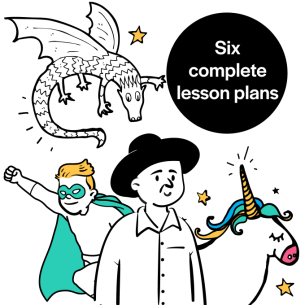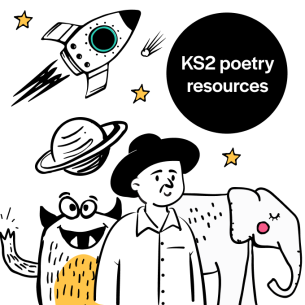Using everyday examples of deliberate and accidental SPaG mistakes can improve the accuracy of GCSE students’ writing like no textbook ever could…
The expectations on students’ uses of SPaG in GCSE English Language and English Literature have grown in recent years. Now these expectations are stretching from English to other subjects.
Therefore, the English teacher becomes much more than a teacher of English. More than ever before, what we do in the classroom will directly affect our students’ grades in other curriculum areas.
Textbooks can, of course, play their part. However, using real-life encounters and experiences to develop students’ understanding of what is right and what is wrong in their language use will provide an engaging alternative approach to teaching SPaG at GCSE.
Using the inaccuracies that students come across on a daily basis can be wonderful inspiration for developing their explanation skills and, ultimately, their understanding.
This lesson aims to encourage independent thinking while giving students an opportunity to get to grips with elements of language use that they might otherwise study in a textbook.
But there is no textbook here; there is simply a wealth of material out there, wherever you are, that you can employ as examples and discussion starting points.
Why teach this SPaG lesson?
It’s the bane of many English teachers’ lives: how to teach spelling, punctuation and grammar (SPaG). Finding ways, without reverting to a textbook, to help students learn how to write accurately is tricky. However, there are engaging ways to do it that result in leaving those textbooks in the cupboard.
Starter activity
Place the following words on the board: ‘Driving down the road, a rabbit ran in front of me’. Ask students: what is the intended meaning of this sentence? What is the actual meaning we get because of how it is written?
Ask students in pairs or small groups to come up with an explanation that highlights what is wrong with the sentence.
Then, rather than take immediate feedback, show them this sentence: ‘By pulling on this cord, staff will immediately enter the toilet’.
Again, what is the intended meaning versus the actual meaning? Tell them this sentence is incorrect in the same way as the first example.
Allow students to check their explanation about the first sentence by seeing whether they can apply it to the second sentence (both sentences have the same problem).
You could give students the above examples on cards, allowing them time to move the words around on their desks to try to work out why there is the potential for misunderstanding.
After giving them enough time to try to break down the sentences, take feedback and work out collectively what is wrong with the sentences.
Subject-verb-object
In terms of sentence order, sentences should be constructed as subject-verb-object or in the reverse order when writing some complex sentences (remember that the subject is the noun that does the verb).
In the examples given, the subject is actually missing: subjects could be ‘I’ in the first and ‘you’ in the second. As it is written, the first example actually suggests that the rabbit is driving. As it is written, the second example suggests that the staff pull on the cord (as well as enter the toilet).
Tell students they (and you) have very probably seen the second sentence before in a very public place: ‘By pulling on this cord, staff will immediately enter the toilet’ is actually used as a sign in every Costa coffee shop toilet, where it is displayed next to the emergency alarm cord.
Ask students to work out an accurate way to write each of the sentences, noting that there are countless possibilities.
Here is how the sentences could look:
- Driving down the road, I saw a rabbit appear.
- By pulling on this cord, you will alert staff to immediately enter the toilet.
How could the above examples be inverted so that the meaning remains the same (these follow the subject-verb-object rule)?
- I saw a rabbit appear while I was driving down the road.
- You will alert staff to enter the toilet by pulling on this cord.
Complete the sentences
Give students some sentence starters about things they do every day. Follow the pattern above, starting the sentences with the gerund (-ing form of the verb).
Ask students to complete the sentences, ensuring they have the subject doing the verb. Then ask them to invert the sentences without changing the meaning. Some examples:
- Getting dressed this morning…
- Brushing my teeth…
- Failing to get to the bus stop on time…
- Arriving at school…
- Screaming at my little brother…
Karl Vadaszffy is head of English at St Michael’s Catholic High School in Hertfordshire. He is also a freelance journalist and bestselling novelist.











